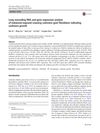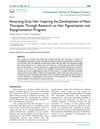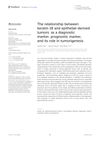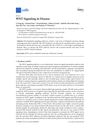Elucidating the Anti-Aging Mechanism of Si Jun Zi Tang by Integrating Network Pharmacology and Experimental Validation In Vivo
May 2022
in “
Aging
”
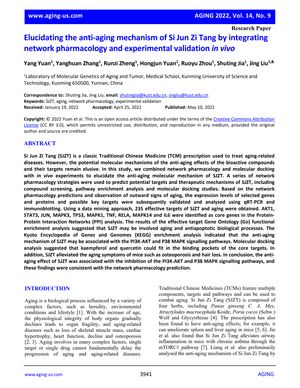
TLDR Si Jun Zi Tang may slow aging by affecting specific cell signaling pathways.
The study aimed to uncover the anti-aging mechanisms of Si Jun Zi Tang (SJZT), a Traditional Chinese Medicine formula. By integrating network pharmacology, molecular docking, and in vivo experiments, the research identified 235 effective targets of SJZT related to aging. Core genes such as AKT1, STAT3, and TP53 were highlighted in the Protein-Protein Interaction Networks analysis. Functional enrichment analysis suggested SJZT's involvement in anti-aging and antiapoptotic processes, with the PI3K-AKT and P38 MAPK signalling pathways being key. Molecular docking showed that compounds like kaempferol and quercetin could bind to these core targets. In vivo, SJZT reduced aging symptoms in mice, including osteoporosis and hair loss. The study concluded that SJZT's anti-aging effects are linked to the inhibition of the PI3K-AKT and P38 MAPK pathways, aligning with network pharmacology predictions.
